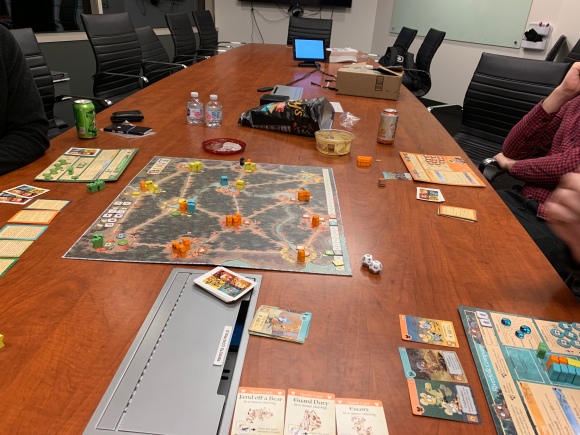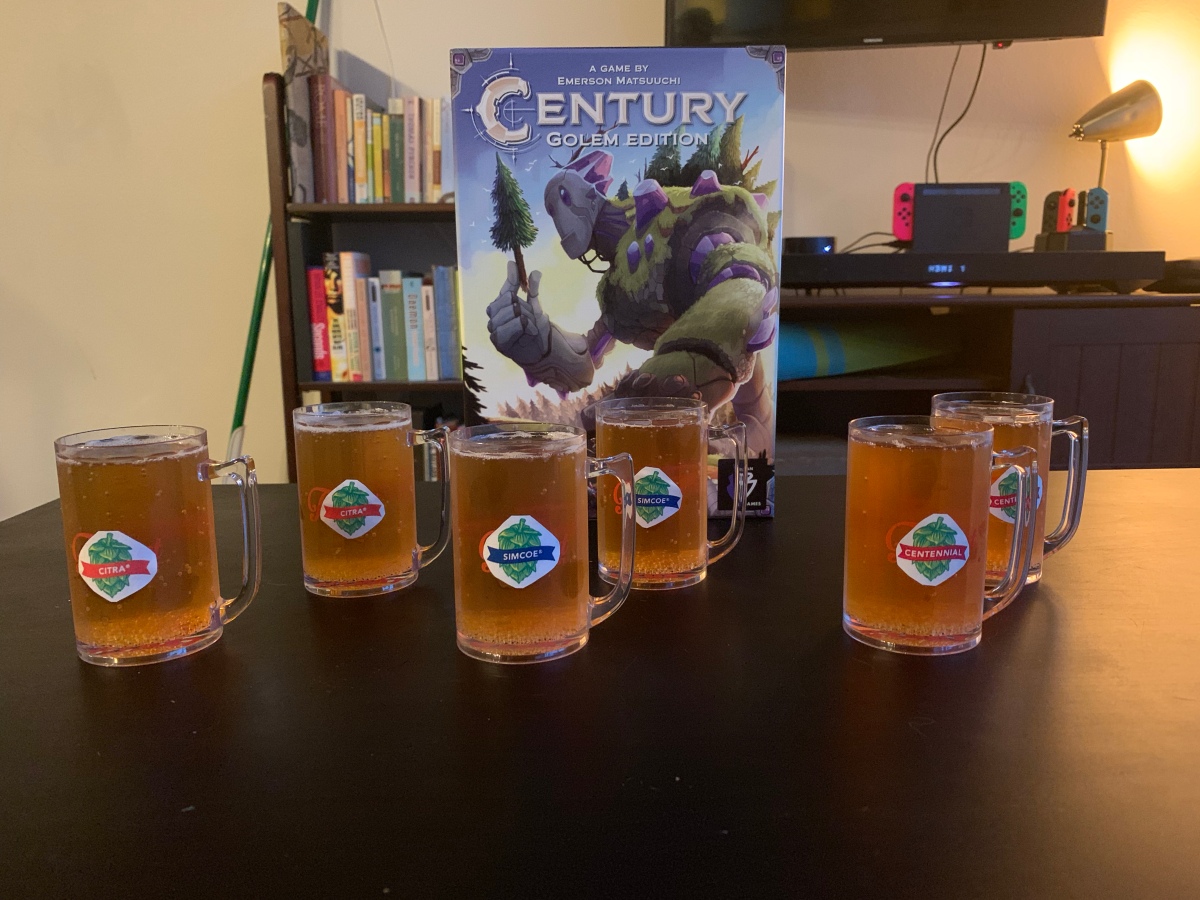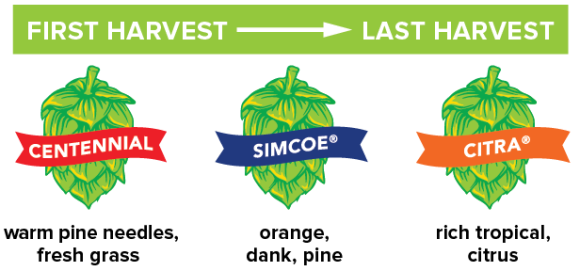My title is too long, you say? I know, but I had to go for it. It communicates my feelings for this pairing well, this article is just to offer the details on how I came to this conclusion.
I backed Call to Adventure on kickstarter. When my copy was delivered to me, complete with Name of the Wind cards and a neat original backer cinch bag, I was ecstatic! Call to Adventure is a hero story building game. Players “compete” (I’ll get to why this is in quotes later) to become the most damn interesting hero in the world.
Your title is too long
Imagine a D&D-esque world where—after a hefty journey—you’re finally able to relax for a moment in a hole-in-the-wall tavern, far from where you’re from but somehow you still feel at home. As you plop your rear end in your seat and take your first foamy gulp of your ale, you overhear someone boast their tales of peril and wonder, logic and madness, natural and supernatural. You have only one thing on your mind: my life story is way better!
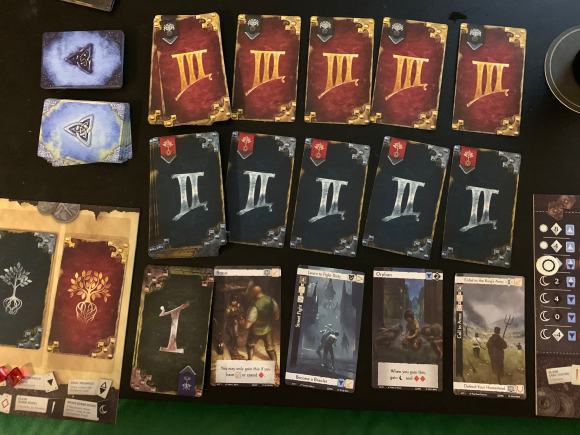
That is Call to Adventure, a fantasy world where you build your hero’s back story, motivation, and destiny. Seems fun right? Well…
Uh oh
Uh oh is right. The artwork and custom assets for Call to Adventure are phenomenal. The game has blood-red rubies for experience tokens and custom two-sided “dice” runes that are shaped like large pieces of Eclipse gum.
The actual gameplay of Call to Adventure is severely lacking. It suffers from severe mechanical over-engineering. Call to Adventure also has the poorest written rule book that I’ve ever had to parse. If this game were set during the Spanish Inquisition as opposed to a fantasy world, I could see Catholic priests using it to torture people for information on where all of the heretics are hiding.
There are so many inconsistencies in the wording of the rule book and the over designing of the game that I’m under the conclusion that the developers, Brotherwise games, were so caught up in the idea of a “hero story building” game that they didn’t stop to think about what makes for a great tabletop game: fun, challenging mechanics and an extremely well-articulated and well-organized rulebook.
A great tabletop game transcends its theme; Call to Adventure, unfortunately, succumbs to it. There were so many times when I just wanted to stop playing this game. It has all of the iconoclast mechanic explanations of a game like 7 Wonders with absolutely zero wonder of its own.
I’m sad now, can we talk about something nice now?
When I was perusing the beverages of my local alcoholitorium, I was looking for a drink that wanted to share its story with me. Something that spoke to me and said, “you’ll want to hear (or in this case, drink) this.”
I settled on Dragon’s Milk—a bourbon barrel-aged stout from new Holland Brewing in Holland, Michigan. I bought it for the ridiculous name and my affinity for dark beers, but I continued to drink it because of just how damned interesting it is as a beer.

Dragon’s Milk does not suffer from over-engineering. Quite the opposite, in fact! This beer is filled with complexity: it’s malty and creamy smooth like a chocolate cream stout, but includes the caramel and slight buttermilk notes that you’d find in a bourbon barrel-aged beer. It’s thick, its full, but it’s not overwhelming. Once you get past the name, and all of the dirty dragon-based jokes that you can make from the name, you get a beer that’s on par with those fancy, limited edition, longer-aged craft beers that you see on the market. (It also has 11% ABV, whooo dog!)
But what does it all mean?!
Call to Adventure comes with a lot of lessons:
- Even tabletop games from established publishers can be absolutely rushed and deliver a substandard experience.
- Do not rush your rulebooks. This rulebook was clearly rushed. If it somehow wasn’t rushed, get better people to host your playtests. Like I said—worst. rulebook. ever.
- Having great artwork and fancy custom runes and tokens doesn’t make your game fun. And it definitely doesn’t make up for poor, clunky game mechanics.
- Don’t get cute and call victory points something else. Call to Adventure calls them “destiny” points. They’re victory points—get over it. I’m not gaining any thematic suspension of disbelief from you calling a spade a clover.
- Over-engineering your game is the one true evil. I believe in this case, having an over-engineered game coupled with an absolutely horrid rulebook (Spanish Inquisition torture device) made Call to Adventure extremely frustrating to play at all times. I would wager that you can have an over-engineered game with a fantastic rulebook and have that game be a delight. Don’t shoot me for this, but I believe that a lot of aspects of Dungeons & Dragons are or were at one point extremely over-engineered—but the insanely smart rulebooks completely remove the pain from the game.
Was there anything aside from the assets that was good about this game?
Definitely! My favorite aspect of this game is that it gives you the vehicle to tell a story without having to start from scratch. Another part of Call to Adventure that I enjoyed was that, although someone is declared winner, I never actually cared about competing in this game. Some may find that frustrating but I found it refreshing. Competition can be fun but I enjoyed the fact that, when my partner won the game by one “Destiny” point, I really just wanted to hear her connect the dots between the cards she gathered along the way.
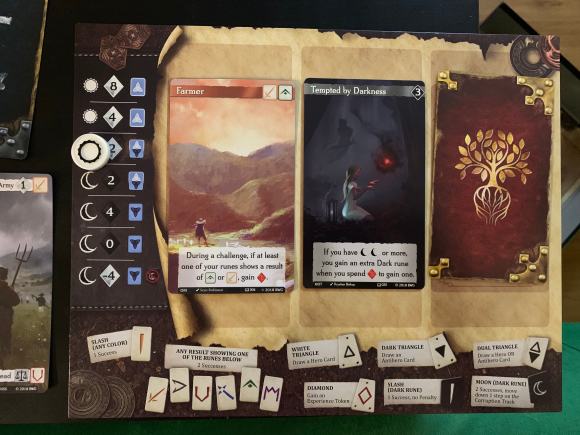
Final Verdict?
If I had a chance to play Call to Adventure before eagerly kickstarting it, I wouldn’t have backed it. What I did was based on blind consumer trust. I’ve enjoyed every Brotherwise game I’ve played until now—Boss Monster and all of its expansions and Unearth. I believe that in the future, I’m going to wait until a Brotherwise game hits retail stores and I get a chance to borrow a copy to play from my friendly local game store before I put my dollars in their hands again.
But as for Dragon’s Milk? Oh I’ll be putting my dollars in New Holland’s hands in the future, you can count on that.









